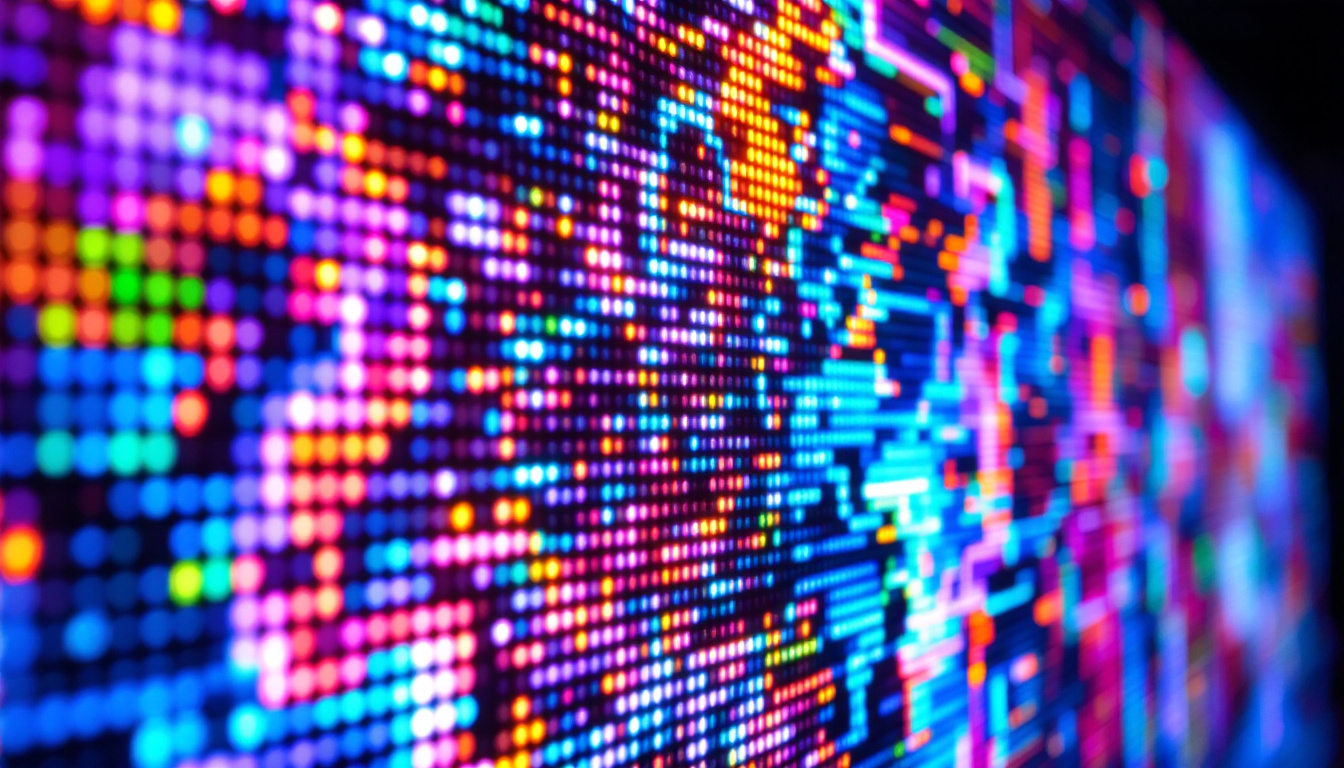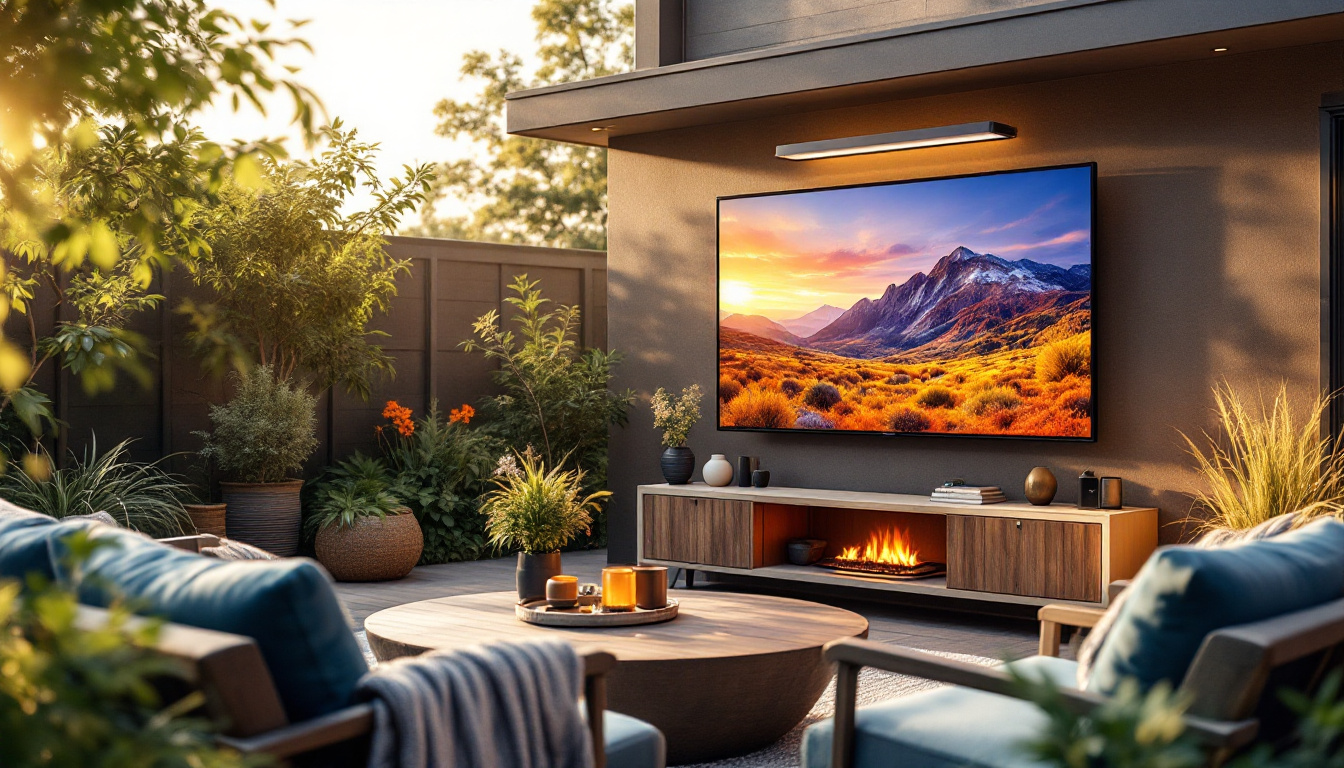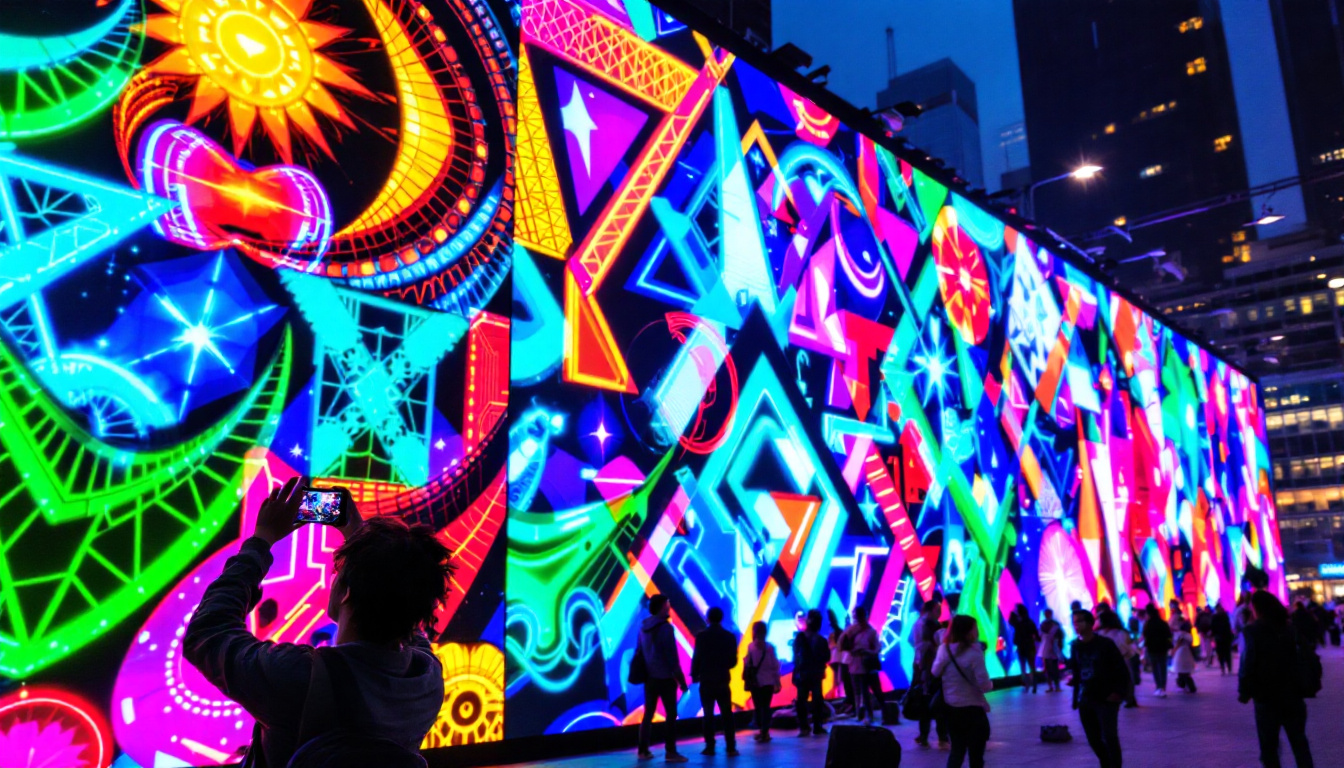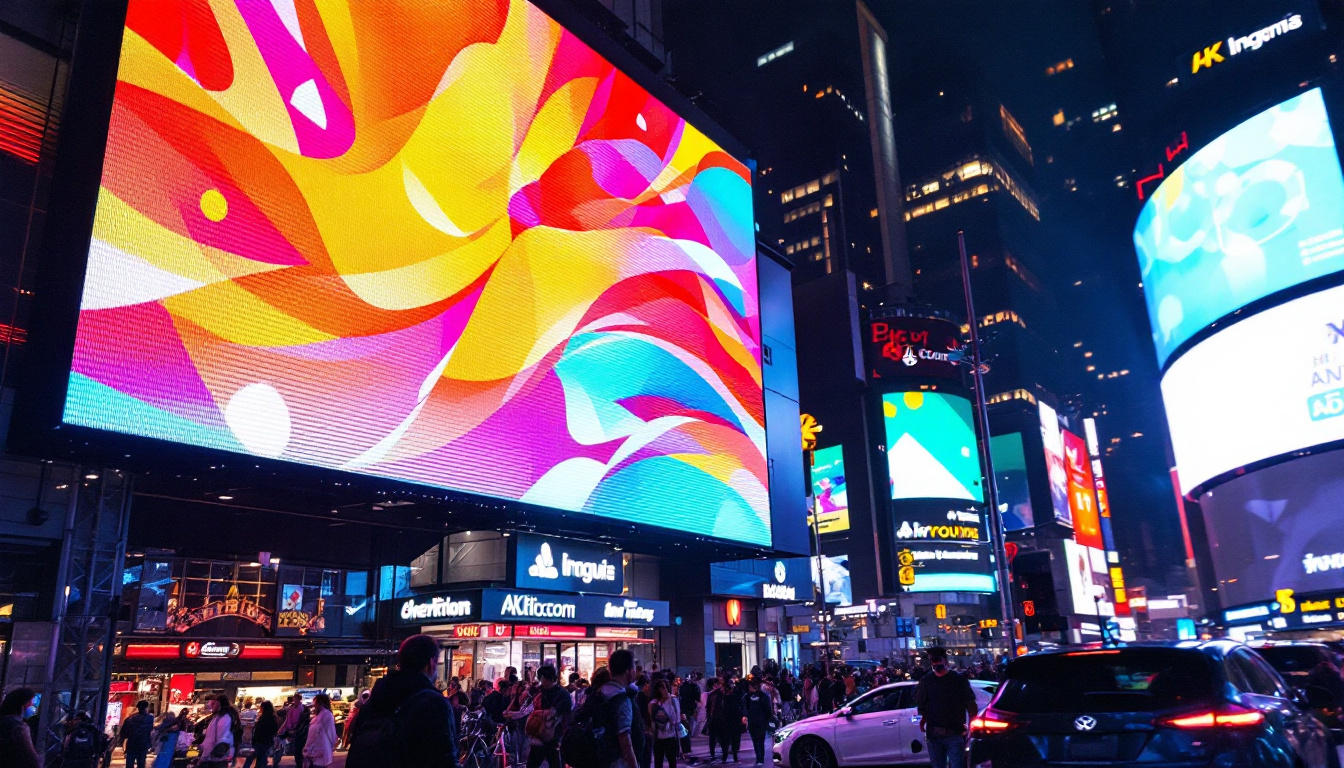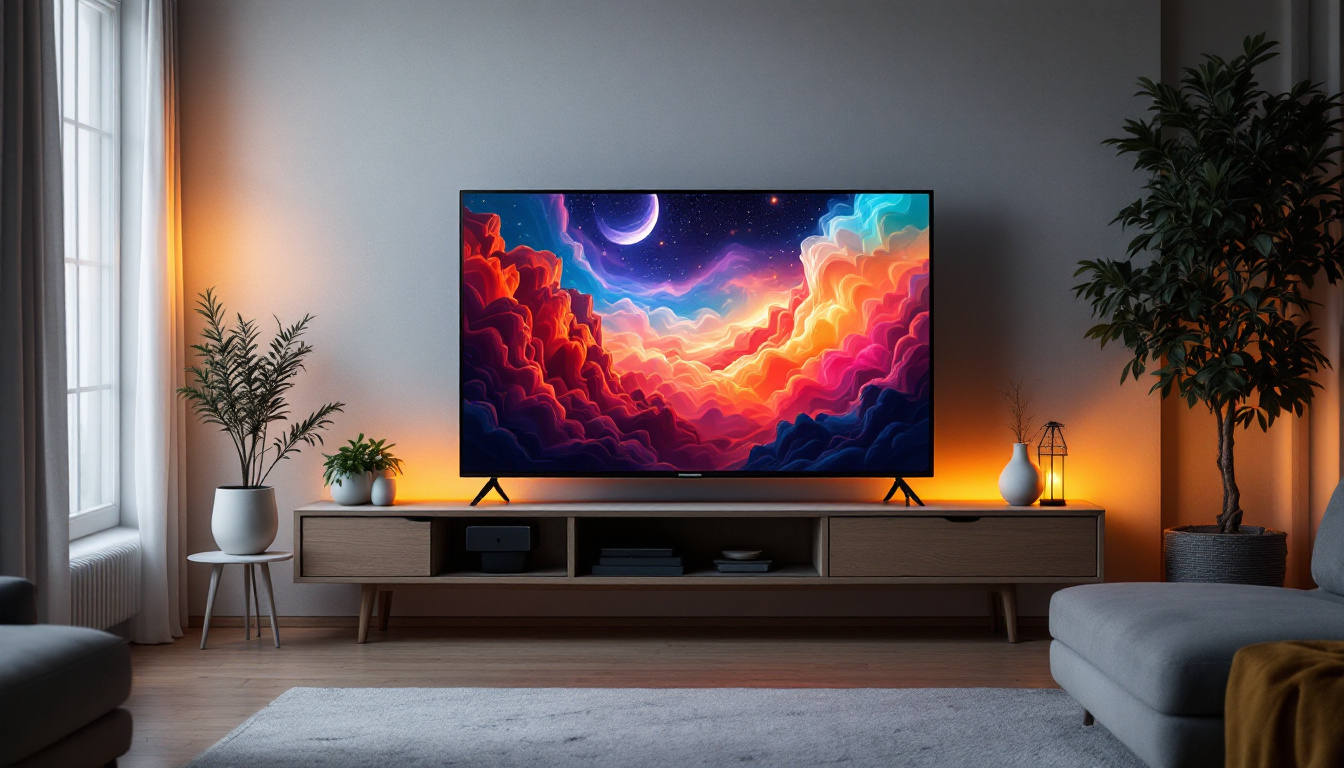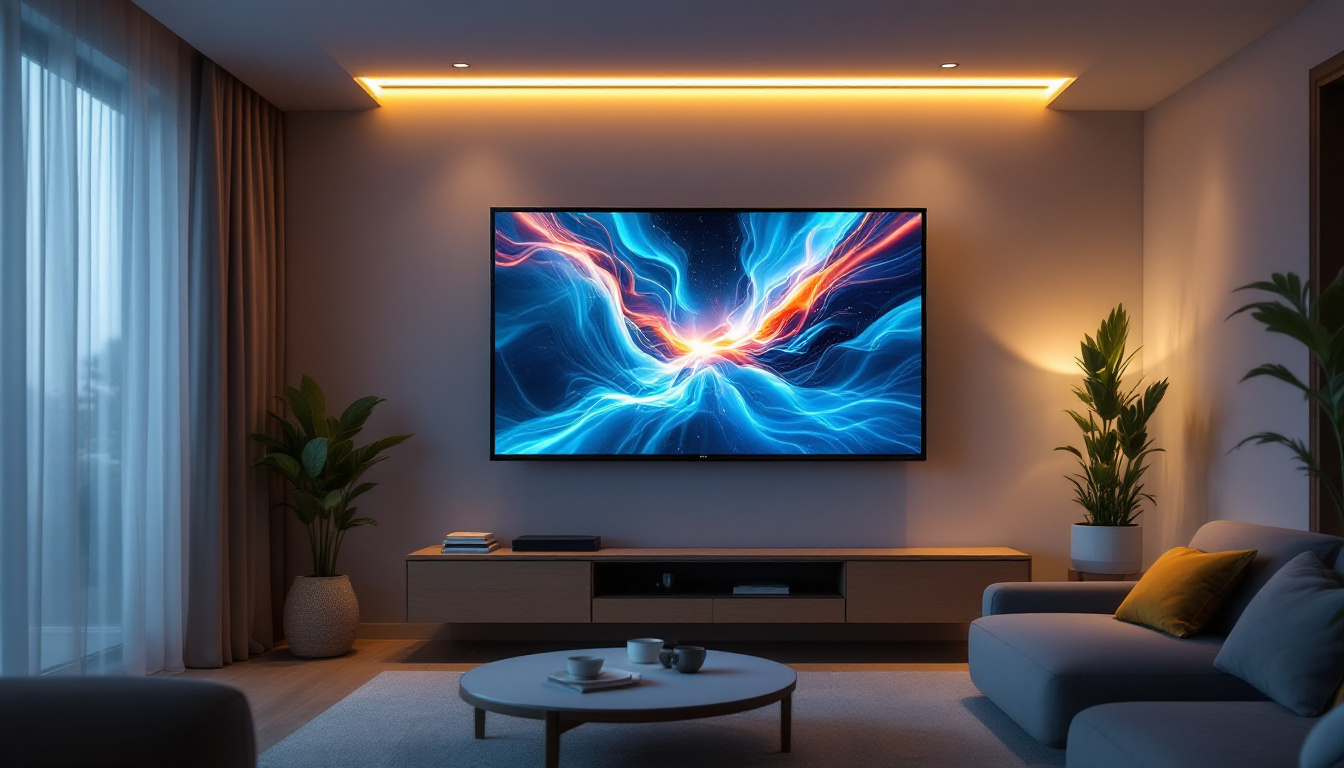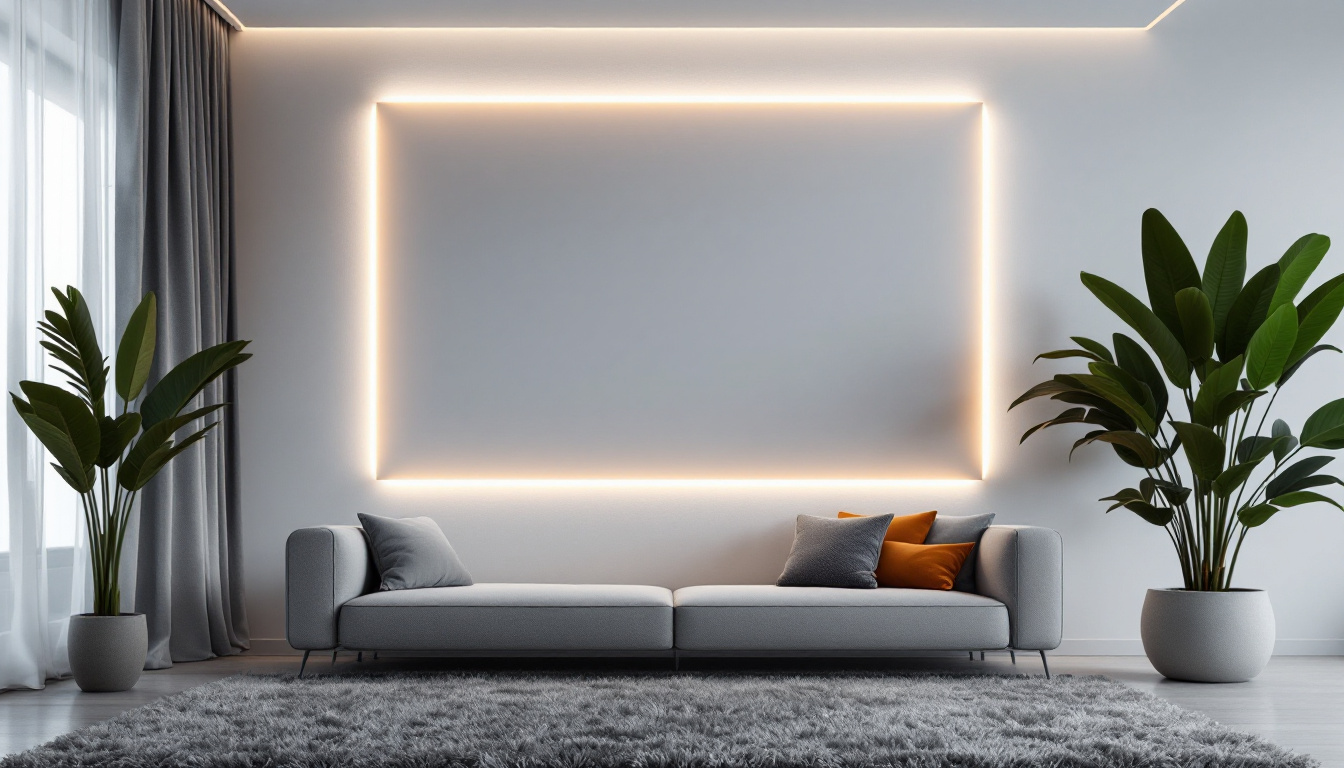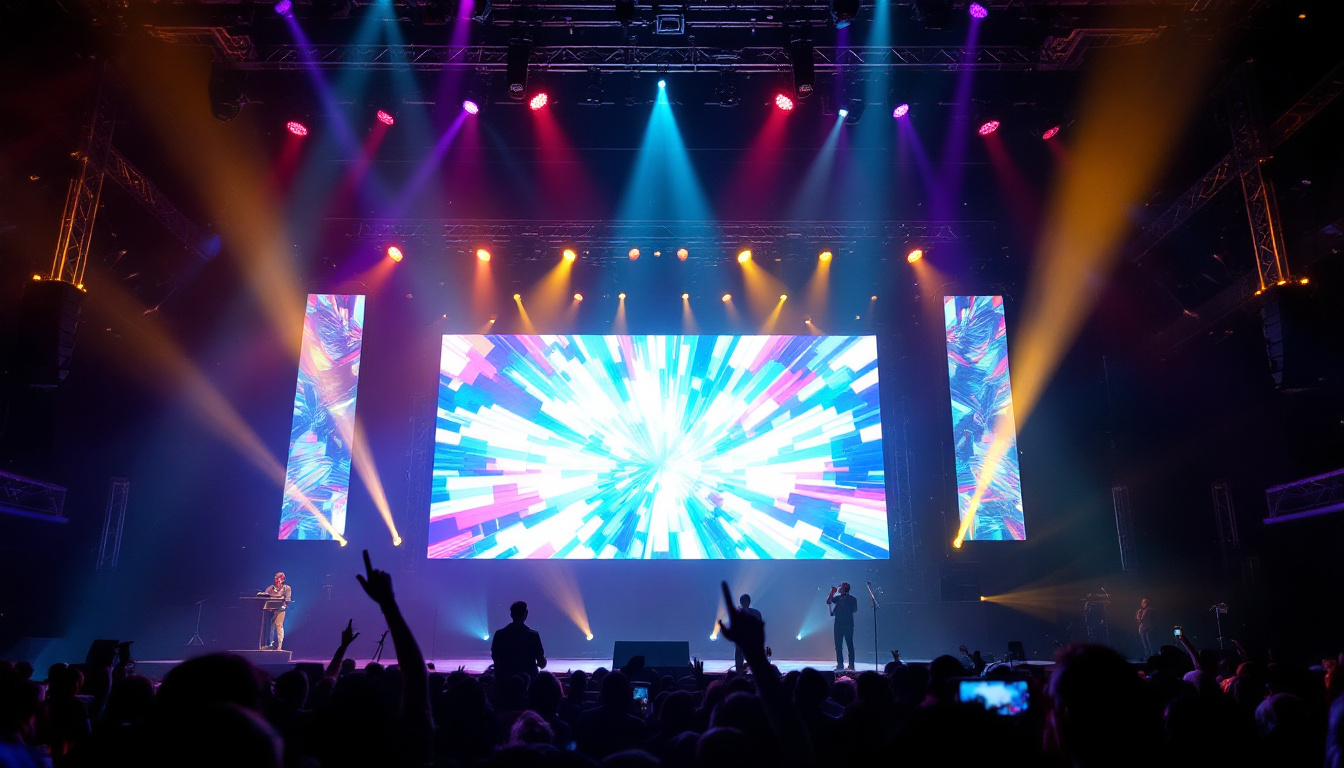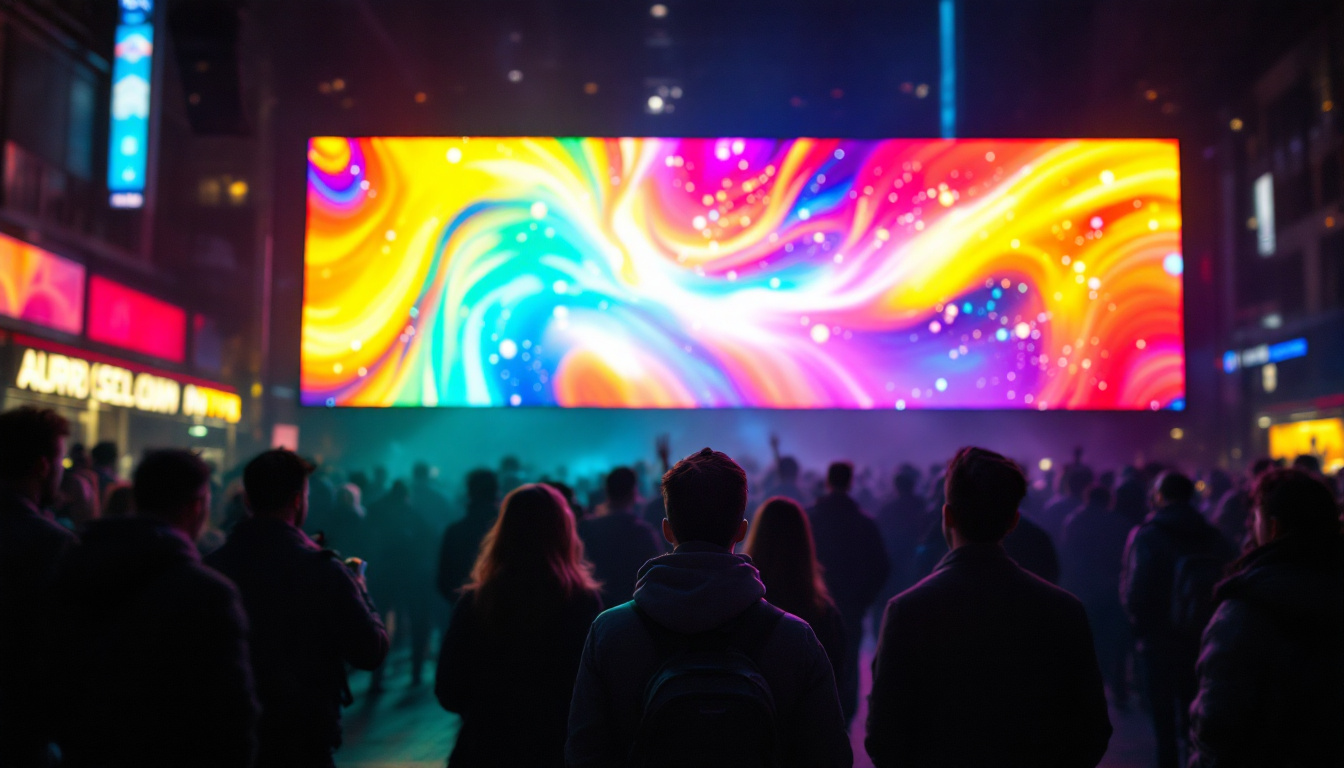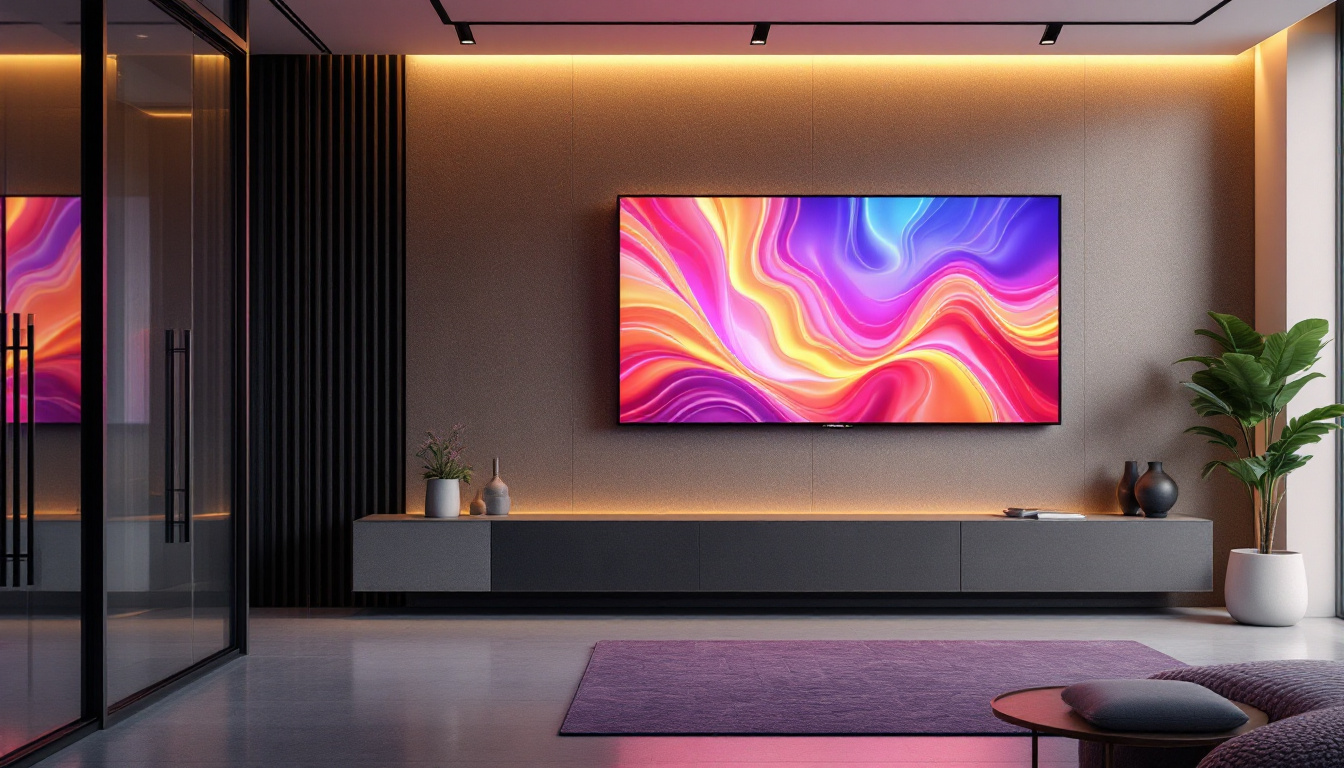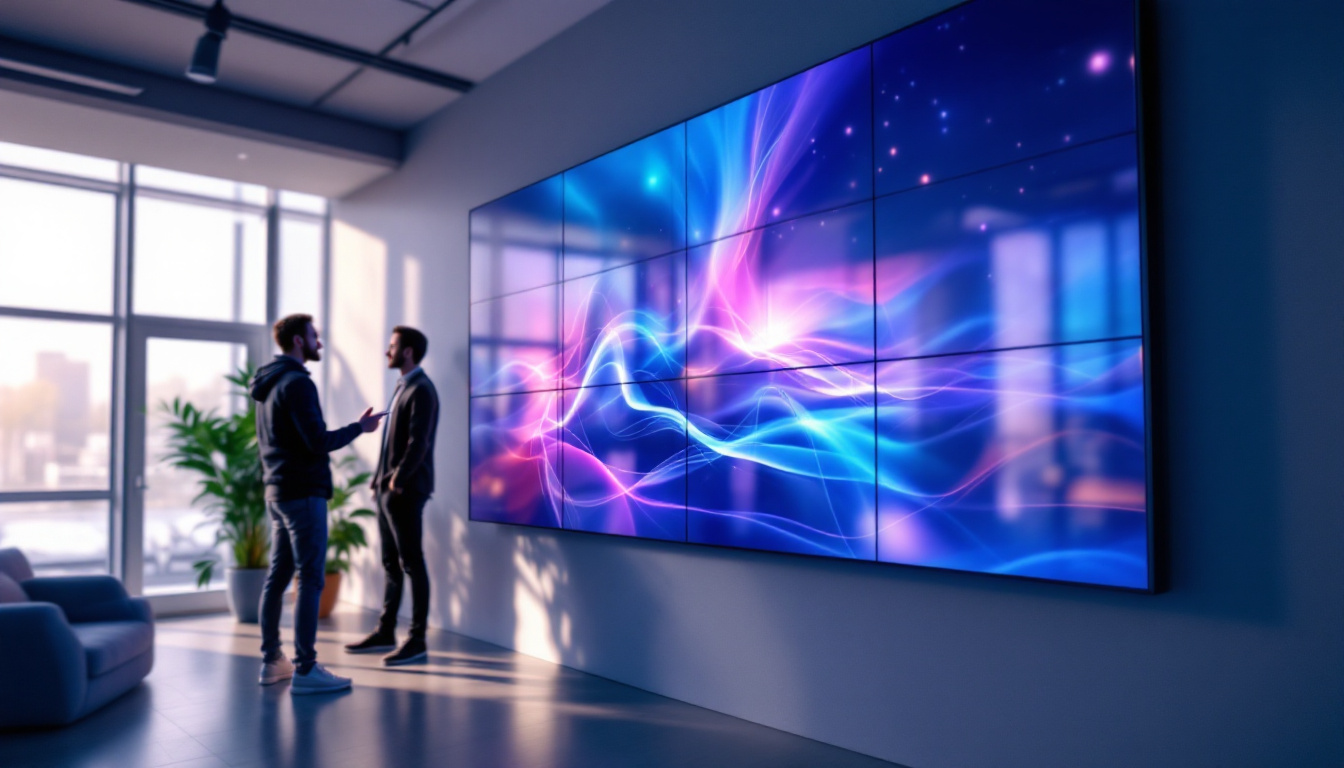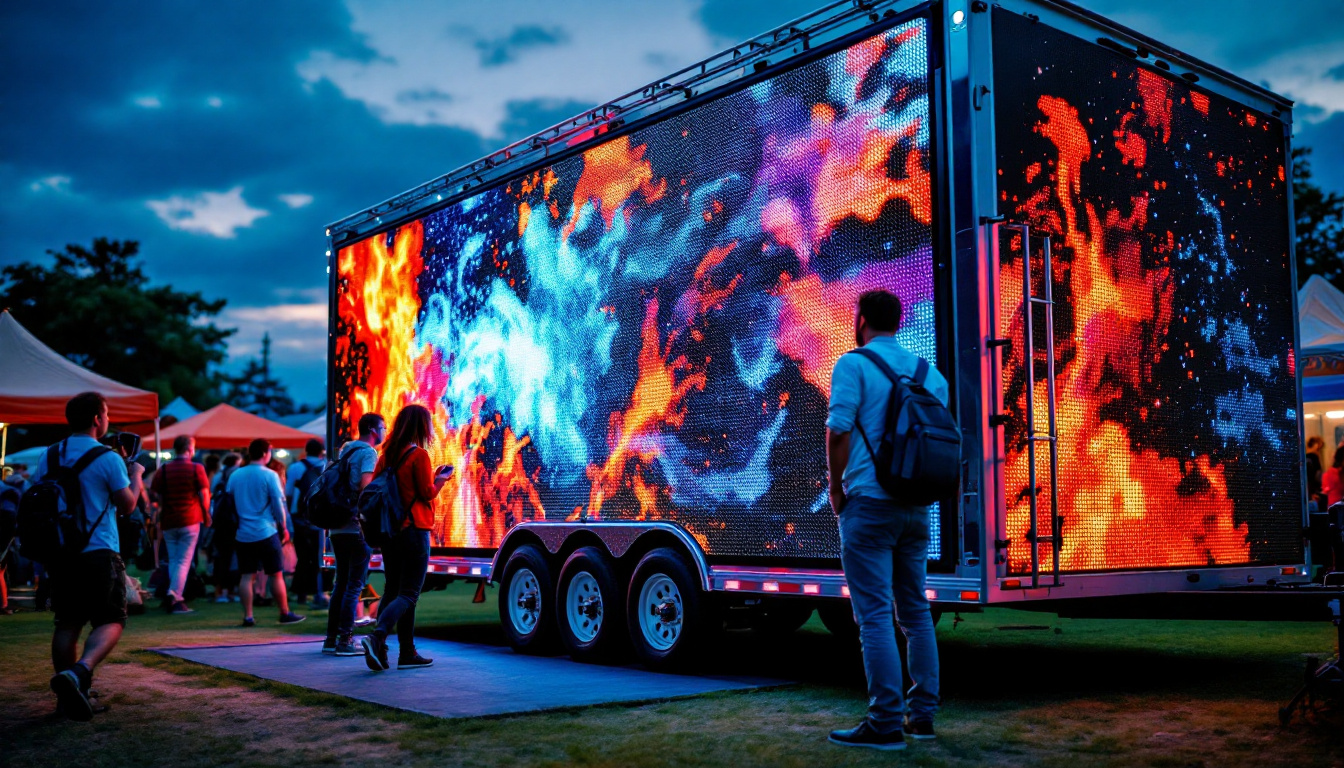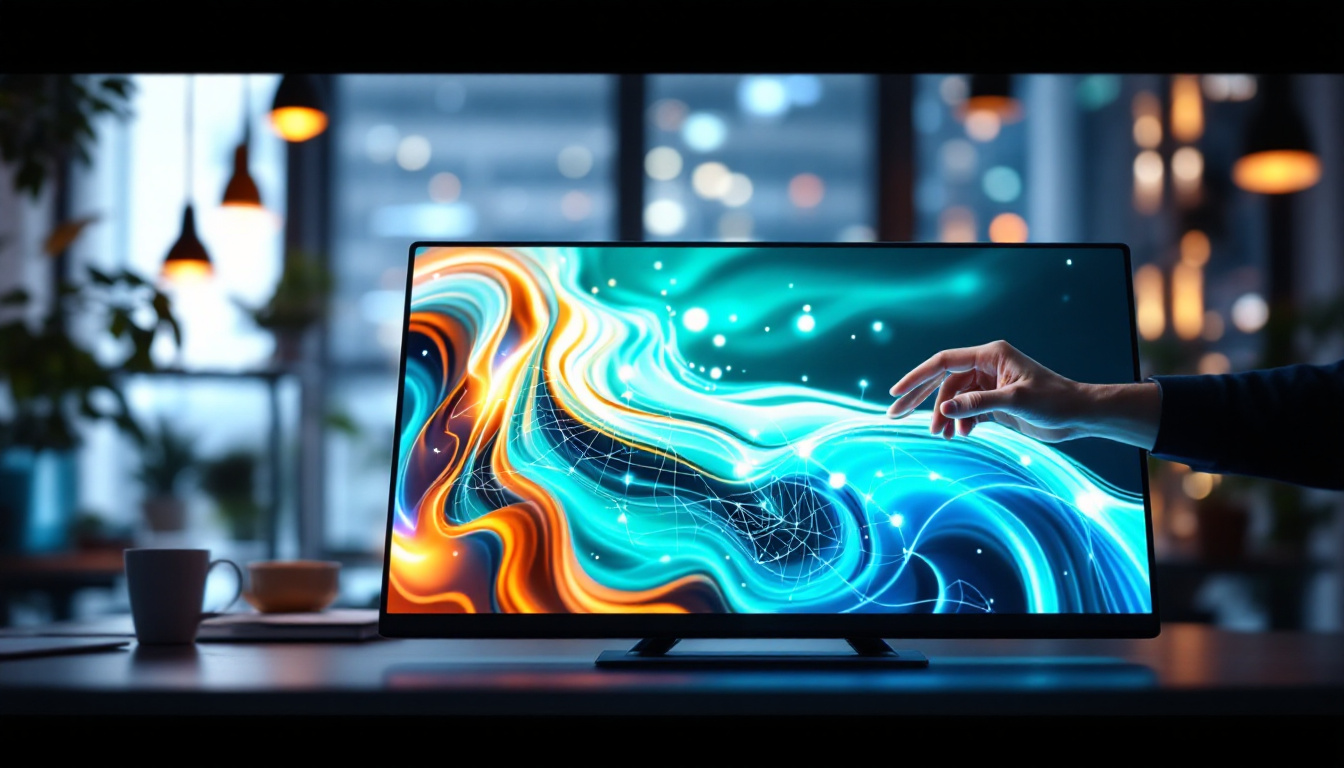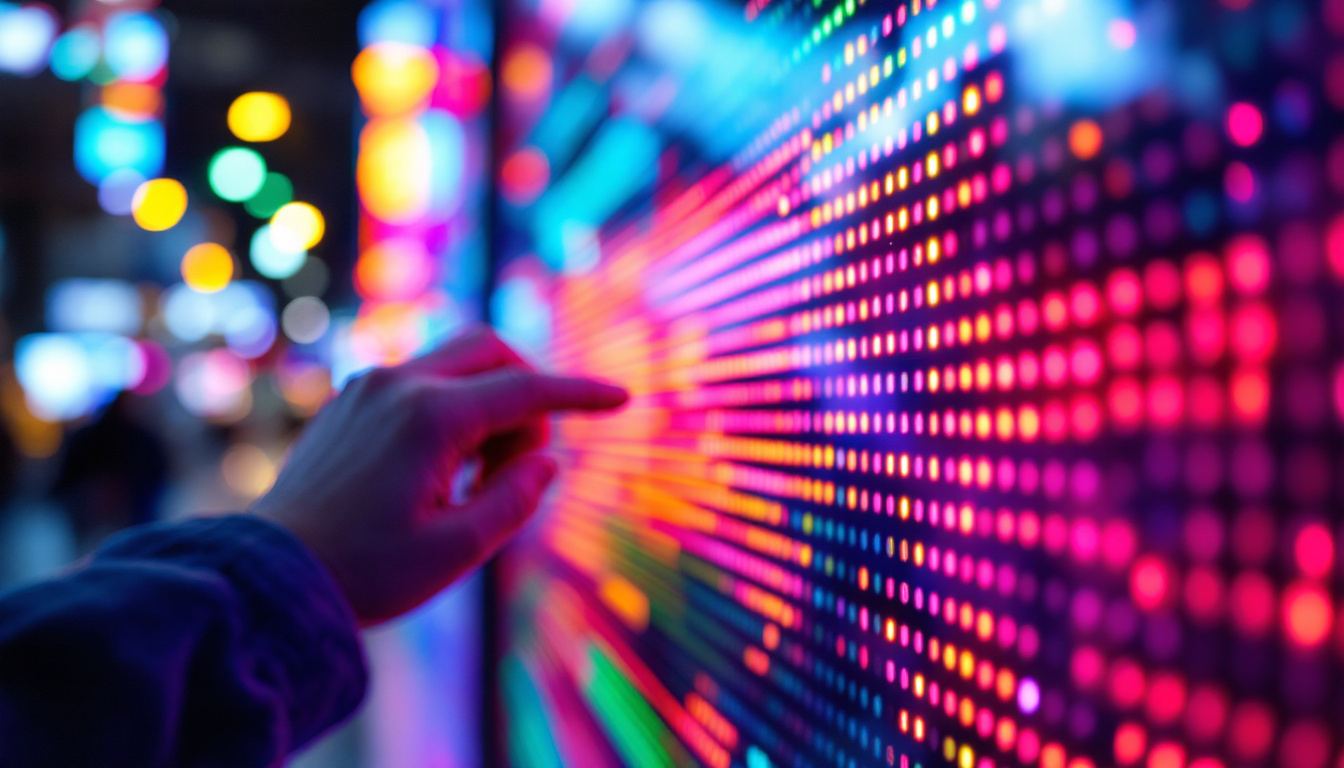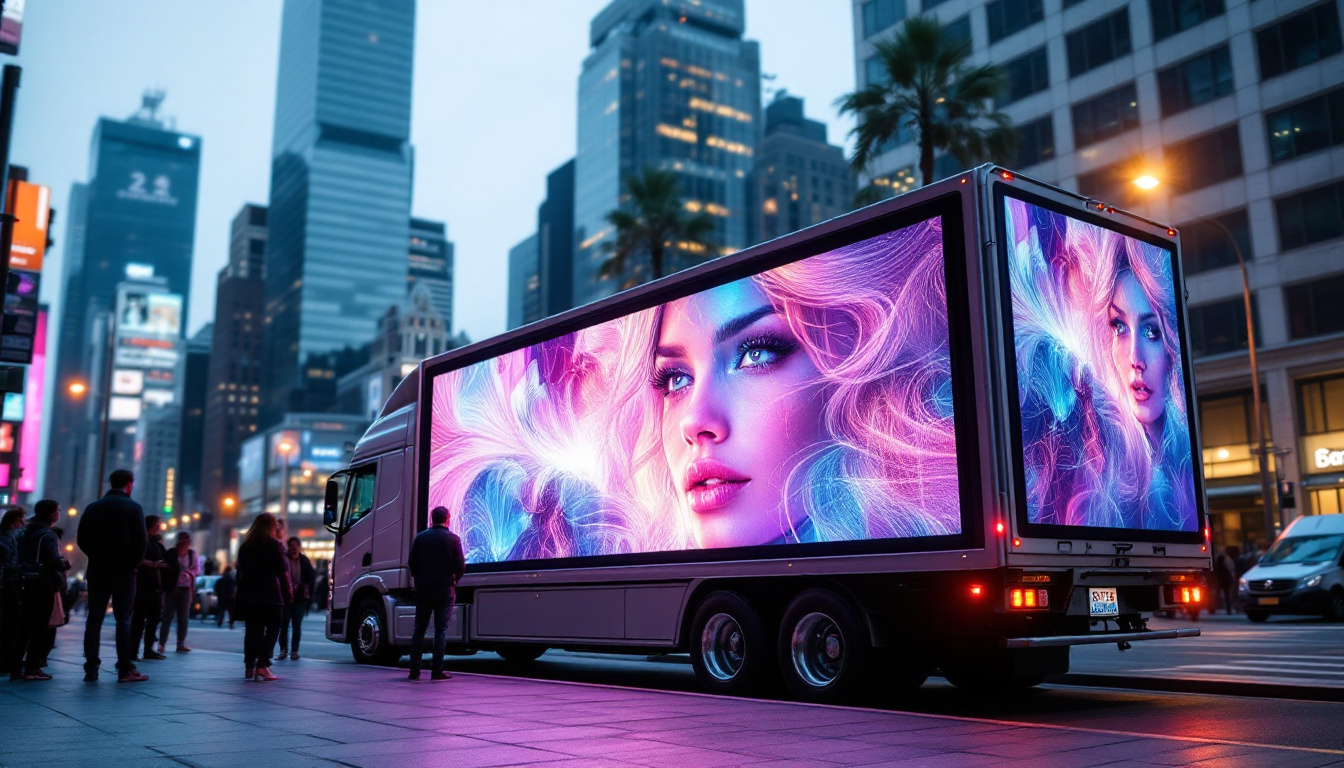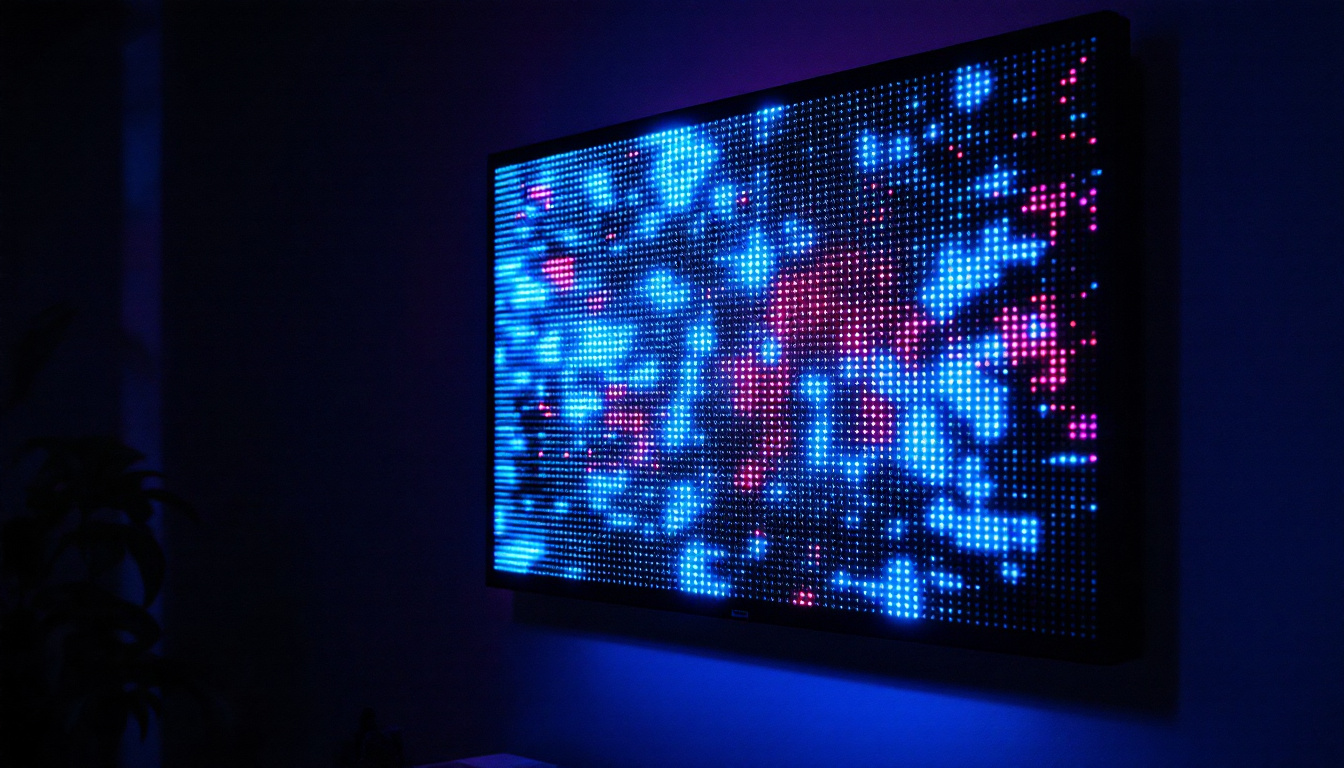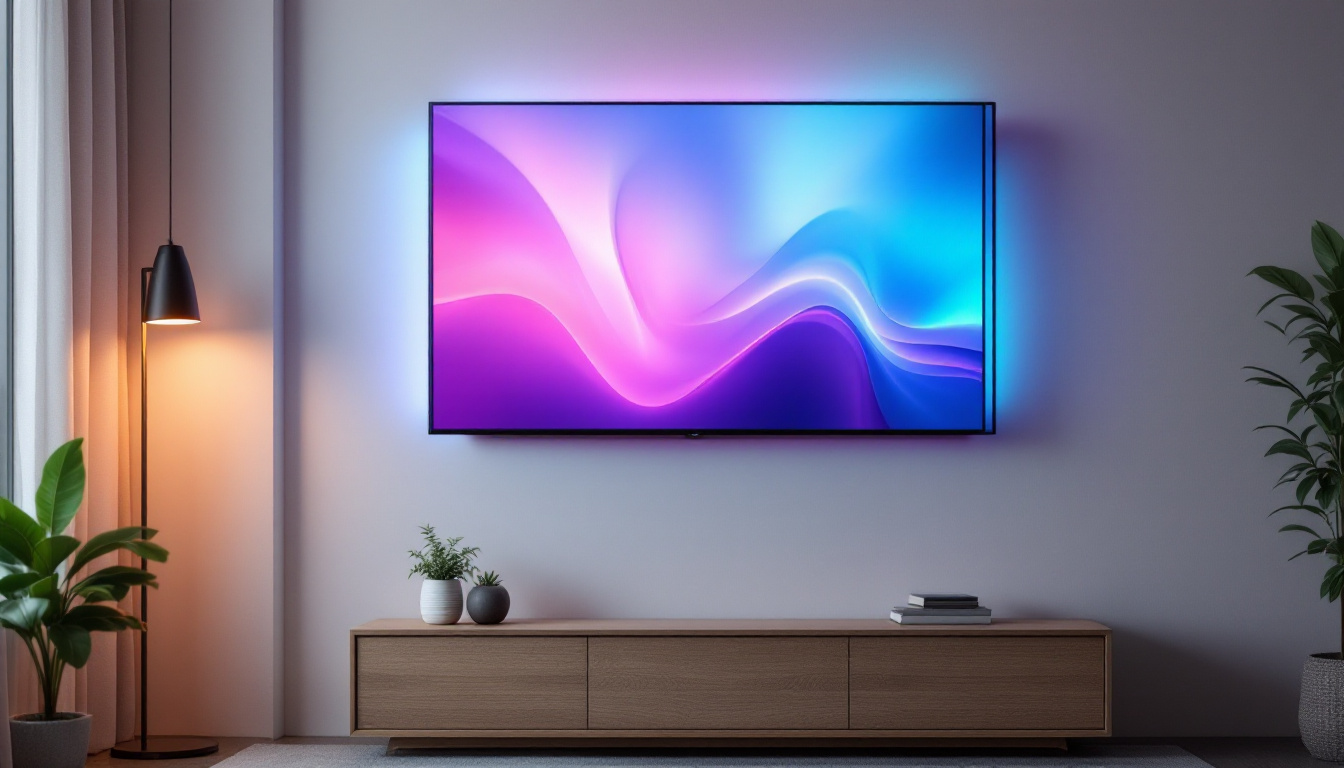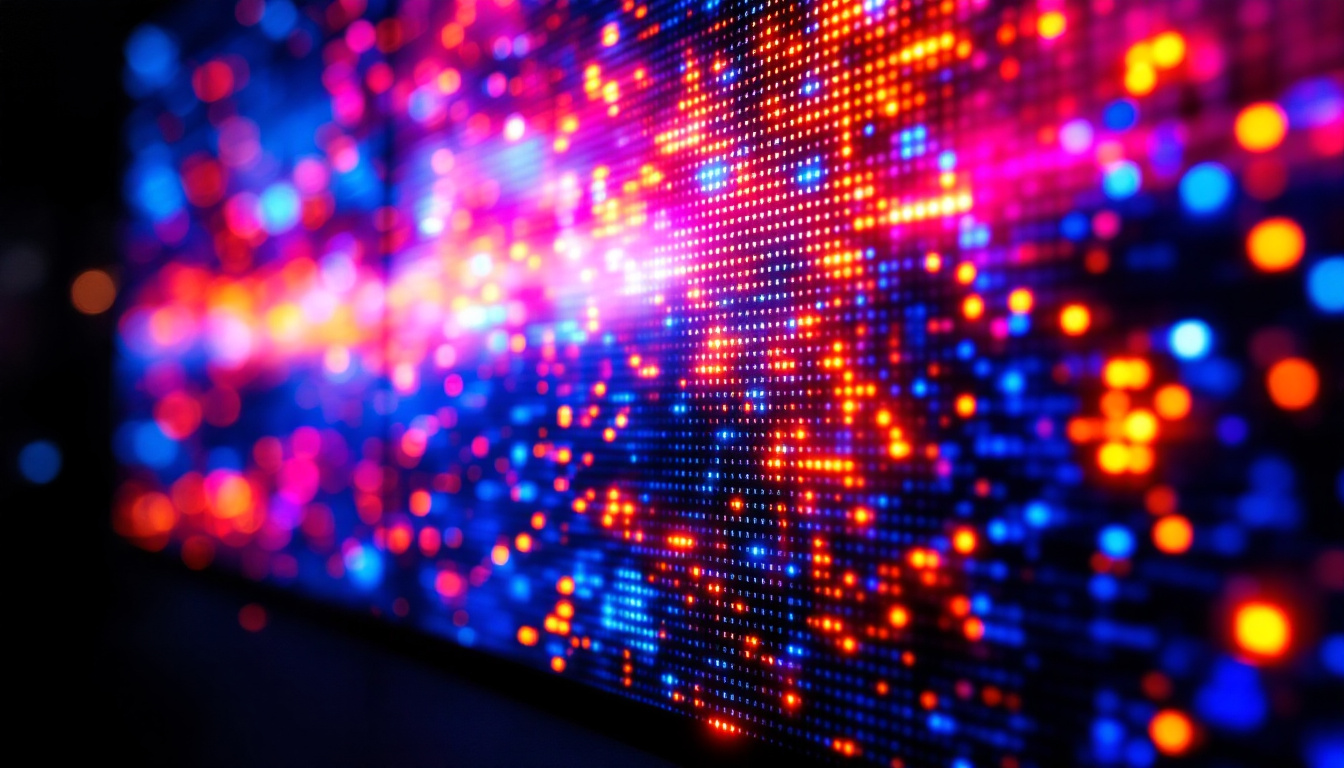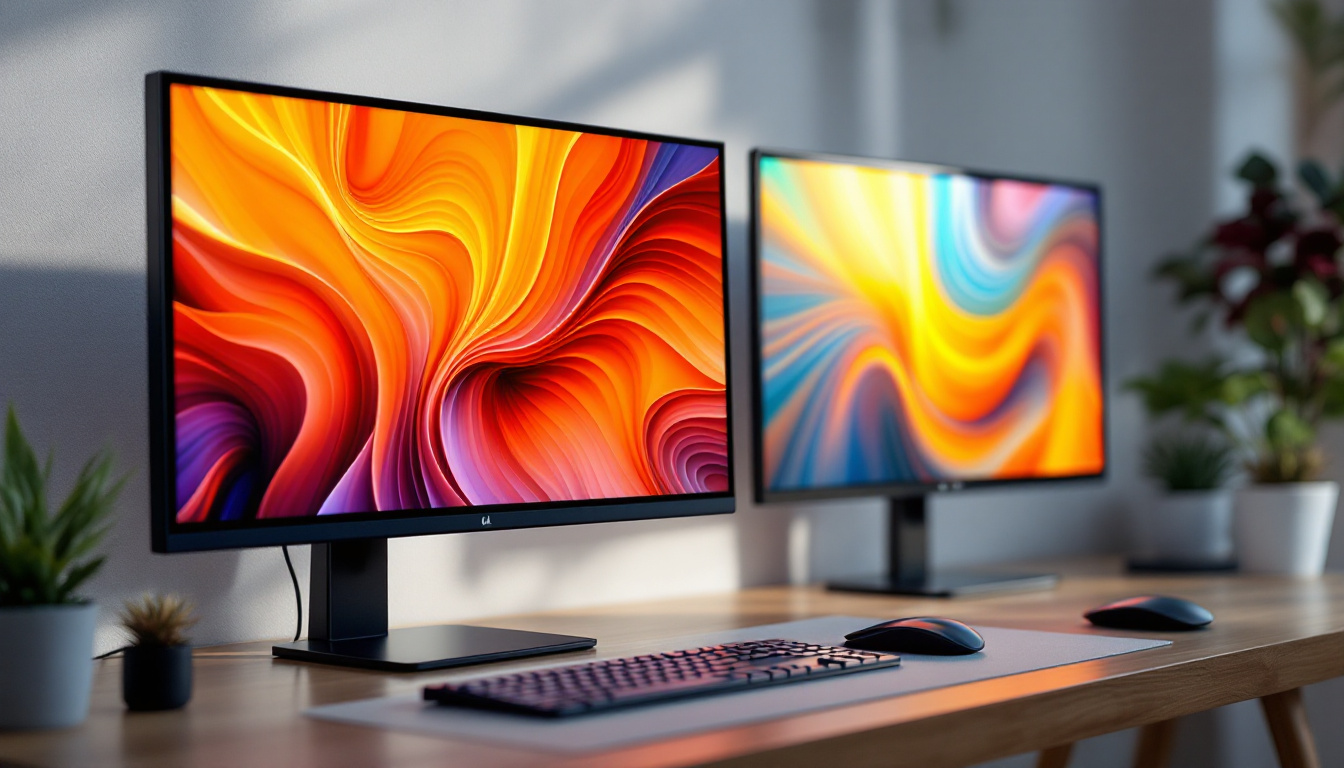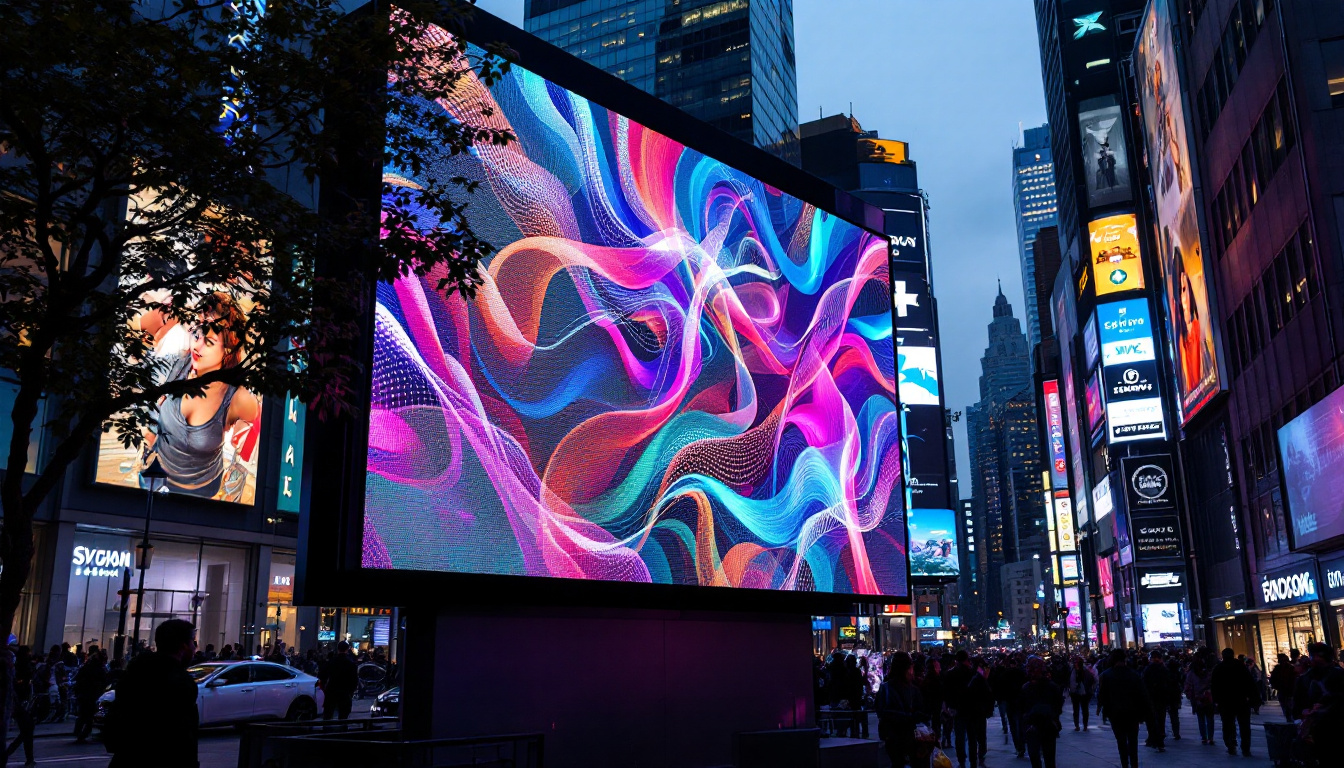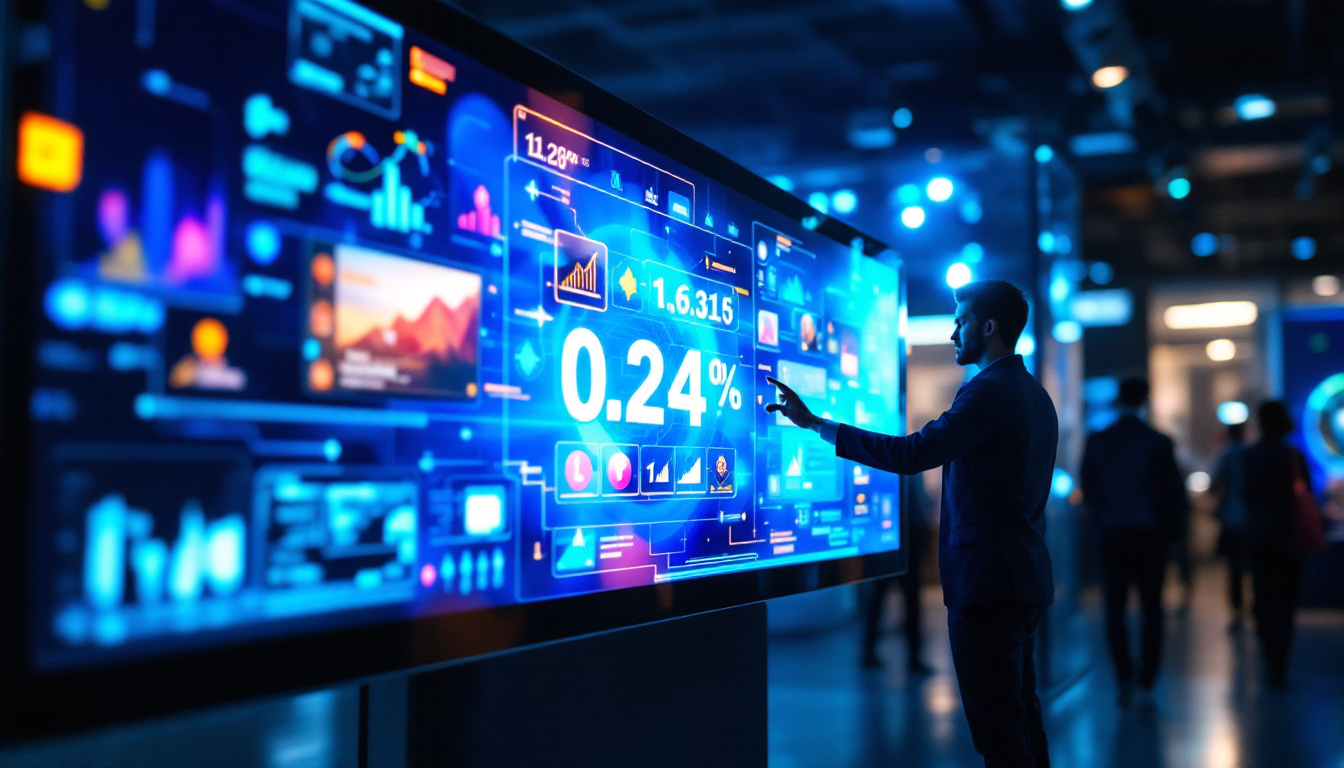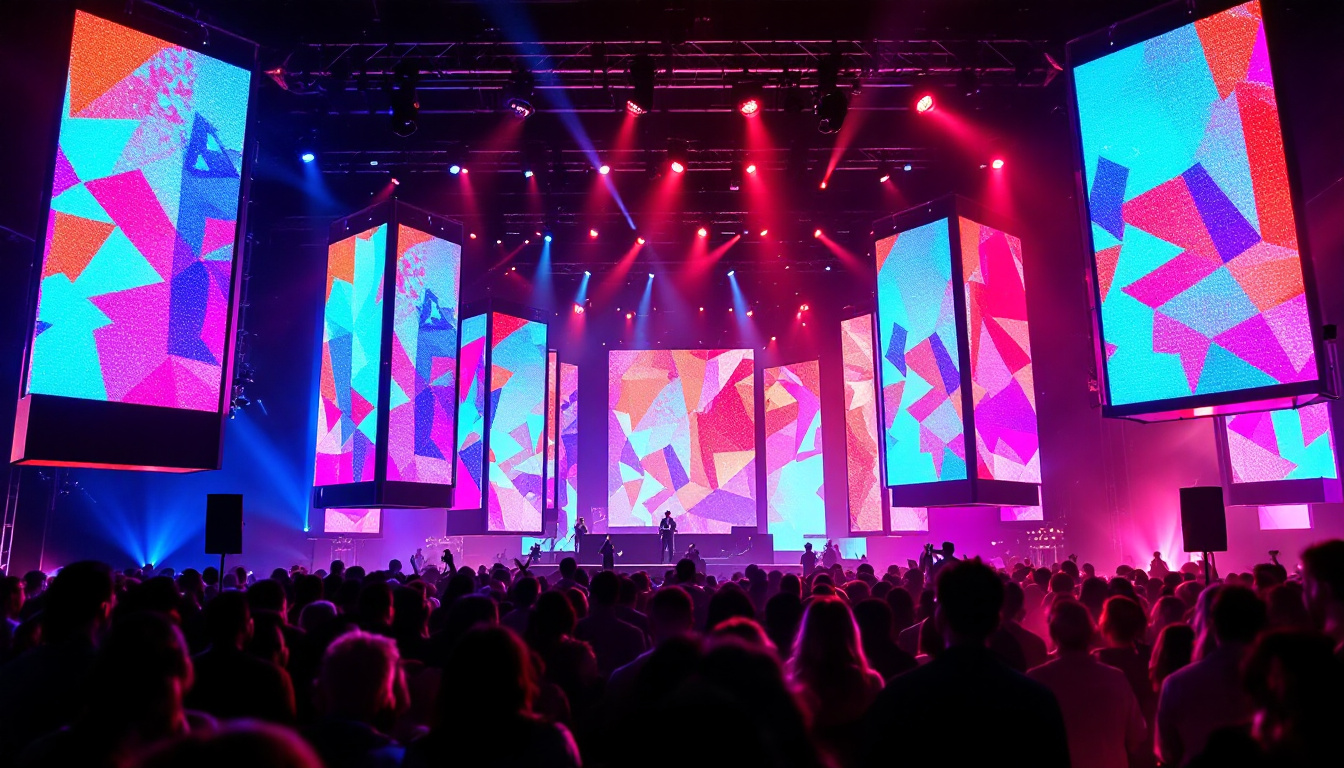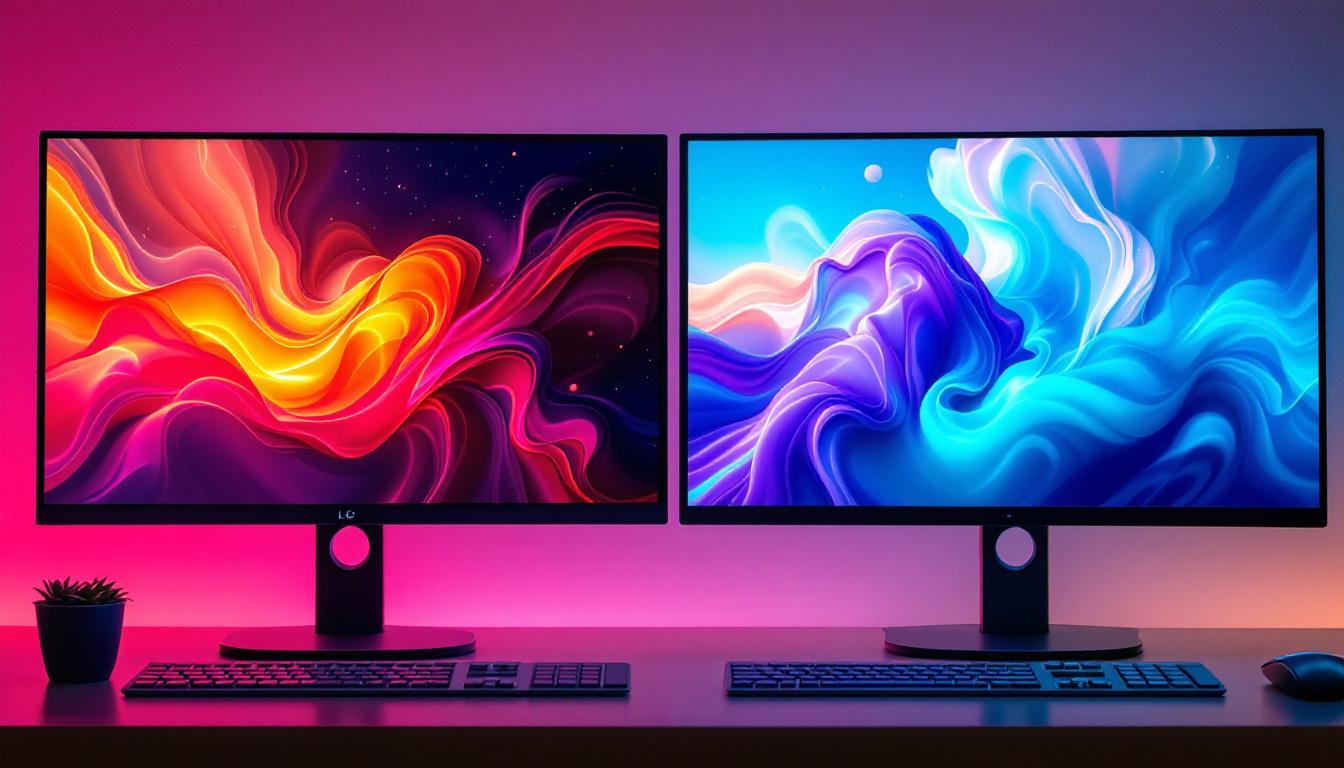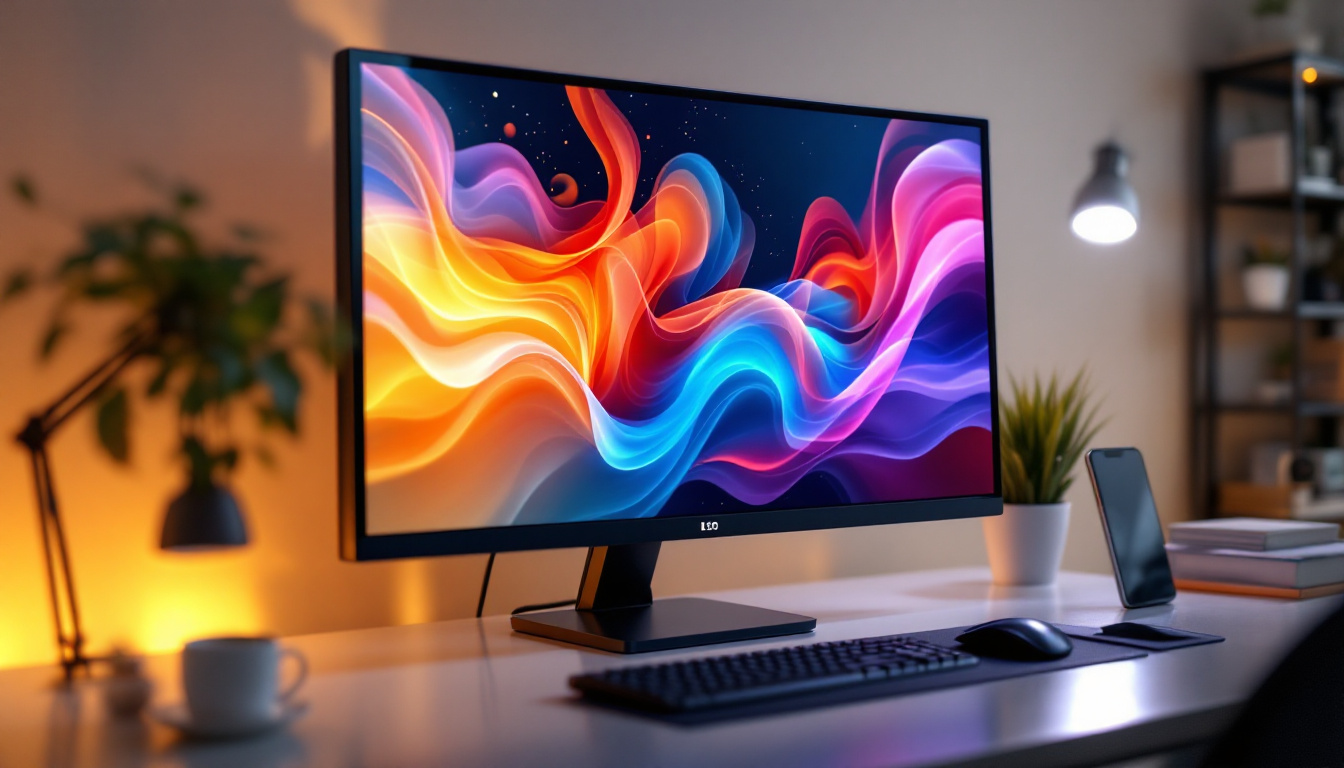In the realm of digital art and display technology, pixel art has carved out a unique niche. With its roots in early video games, pixel art has evolved into a respected art form that marries nostalgia with modern aesthetics. One of the critical aspects of pixel art is its resolution, particularly when displayed on LED screens. Understanding how pixel resolution impacts the viewing experience is essential for artists, designers, and anyone interested in digital media.
Understanding Pixel Art
Pixel art is characterized by its use of small, square pixels to create images. These images often evoke a sense of nostalgia, reminiscent of the graphics found in early video games from the 1980s and 1990s. The charm of pixel art lies in its simplicity and the creativity required to convey complex ideas through limited visual elements.
The resolution of pixel art refers to the number of pixels used to create an image. Higher resolutions can depict more detail, while lower resolutions often lead to a more stylized, abstract representation. The choice of resolution is crucial, as it affects not only the artwork’s clarity but also its aesthetic appeal.
The Role of Resolution in Pixel Art
Resolution plays a pivotal role in how pixel art is perceived. A higher resolution allows for finer details and smoother gradients, while a lower resolution emphasizes the blocky, simplistic nature of pixel art. Artists often choose their resolution based on the intended use of the artwork, whether for digital displays, print, or other media.
In addition to artistic intent, the resolution must also consider the medium on which the artwork will be displayed. For instance, a piece intended for a small mobile screen may not require the same resolution as one designed for a large LED display. Understanding the interplay between resolution and display technology is vital for achieving the desired visual impact.
LED Display Technology
LED (Light Emitting Diode) technology has revolutionized the way images are displayed. From televisions to billboards, LED displays offer vibrant colors and high brightness levels, making them ideal for showcasing pixel art. However, the characteristics of LED technology also influence how pixel art is rendered.
LED displays are composed of numerous tiny light sources, which can be arranged in various configurations to create images. The resolution of an LED display is determined by the number of pixels it contains, which directly impacts the clarity and detail of the images displayed. Understanding the specifications of an LED display is essential for artists looking to optimize their pixel art for this medium.
Types of LED Displays
There are several types of LED displays, each with its unique characteristics. The most common types include:
- Direct View LED: These displays consist of individual LEDs that form the entire image. They are often used in large outdoor screens and provide excellent brightness and contrast.
- LED-backlit LCD: These displays use an LCD panel illuminated by LEDs. While they offer good color reproduction, they may not provide the same level of brightness as direct view LED displays.
- MicroLED: A newer technology, microLED displays use microscopic LEDs to create images. They promise higher resolution and better energy efficiency, making them a potential game-changer in display technology.
Resolution and Pixel Density
Pixel density, measured in pixels per inch (PPI), is a crucial factor in determining how sharp an image appears on an LED display. Higher pixel density means more pixels are packed into a given area, resulting in a clearer and more detailed image. For pixel art, maintaining a balance between resolution and pixel density is essential to preserve the artwork’s intended style.
When displaying pixel art on an LED screen, the resolution should match the pixel density of the display to avoid distortion. If the pixel art is scaled up too much, it can lose its characteristic sharpness and clarity, transforming into a blurry or pixelated image that deviates from the artist’s vision.
Optimizing Pixel Art for LED Displays
To ensure that pixel art is displayed optimally on LED screens, artists must consider several factors. From resolution adjustments to color calibration, each aspect plays a role in the final presentation of the artwork.
Choosing the Right Resolution
When creating pixel art for LED displays, selecting the appropriate resolution is vital. Artists should consider the display’s pixel density and the viewing distance. For instance, artwork intended for a large billboard will require a different resolution than that designed for a smartphone screen.
It is often beneficial to create pixel art at a higher resolution than necessary and then scale it down for display. This approach allows for better detail retention and can help maintain the artwork’s integrity when viewed from various distances.
Color Calibration and Management
Color accuracy is another critical aspect when displaying pixel art on LED screens. Different displays may render colors differently due to variations in technology and settings. To achieve consistent color representation, artists should utilize color calibration tools and software to ensure their artwork looks as intended across various devices.
Moreover, understanding the color gamut of the LED display can help artists choose colors that will appear vibrant and true to life. Certain colors may not be accurately reproduced on all displays, so knowing the limitations of the technology is crucial for effective color management.
The Impact of Viewing Distance
The viewing distance significantly influences how pixel art is perceived on LED displays. The farther away a viewer is, the less detail they can discern, which can affect the overall impact of the artwork. Consequently, artists must consider the intended viewing distance when creating their pixel art.
Close-Up Viewing
When pixel art is viewed up close, the individual pixels become more apparent. This can enhance the appreciation of the artist’s work, allowing viewers to see the intricacies of the design. However, it also means that any imperfections or scaling issues can be more noticeable. Artists should ensure that their artwork is polished and meets the desired resolution standards for close-up viewing.
Distance Viewing
For artworks intended to be viewed from a distance, such as large LED billboards, the focus shifts from intricate details to overall composition and color. In these cases, artists may opt for a lower resolution that emphasizes bold shapes and colors rather than fine details. The goal is to create an eye-catching image that draws viewers in from afar.
Challenges in Displaying Pixel Art
While LED displays offer many advantages for showcasing pixel art, they also present certain challenges. Understanding these challenges can help artists and designers create more effective and engaging artwork.
Scaling Issues
One of the primary challenges in displaying pixel art on LED screens is scaling. When pixel art is resized, it can lead to blurriness or distortion if not done correctly. Artists must be mindful of how their work will be displayed and ensure that scaling is handled appropriately to maintain the integrity of the original artwork.
Using nearest-neighbor scaling techniques can help preserve the sharp edges of pixel art when resizing. This method ensures that pixels remain distinct and do not blend into one another, which is crucial for maintaining the artwork’s characteristic style.
Brightness and Contrast
Another challenge is achieving the right balance of brightness and contrast on LED displays. While LED technology is known for its vibrant colors, excessive brightness can wash out details in pixel art. Artists should consider how their color choices will interact with the display’s brightness levels and adjust accordingly.
Testing artwork on various LED screens can help identify potential issues with brightness and contrast, allowing artists to make necessary adjustments before finalizing their designs.
Future Trends in Pixel Art and LED Displays
The intersection of pixel art and LED display technology continues to evolve. As advancements in display technology emerge, new opportunities arise for artists to explore innovative ways to present their work.
Emerging Technologies
New technologies, such as augmented reality (AR) and virtual reality (VR), are opening up exciting possibilities for pixel art. These platforms allow artists to create immersive experiences that engage viewers in ways traditional displays cannot. As AR and VR become more mainstream, pixel art will likely find new applications in these mediums.
Additionally, advancements in LED technology, such as flexible displays and improved color accuracy, will enable artists to push the boundaries of their creativity. These developments will likely lead to more dynamic and interactive presentations of pixel art, enhancing the viewer’s experience.
Community and Collaboration
The pixel art community continues to grow, fostering collaboration and innovation among artists. Online platforms and social media have made it easier for artists to share their work, receive feedback, and collaborate on projects. This sense of community can inspire new ideas and techniques, driving the evolution of pixel art in conjunction with LED display technology.
As artists experiment with new styles and technologies, the future of pixel art looks promising. The ongoing dialogue between artists and technologists will undoubtedly lead to exciting developments in how pixel art is created and displayed.
Conclusion
Pixel art, with its unique charm and nostalgic appeal, continues to captivate audiences in the digital age. Understanding the intricacies of pixel resolution and LED display technology is essential for artists looking to optimize their work for various mediums. By considering factors such as resolution, color management, and viewing distance, artists can create pixel art that not only resonates with viewers but also stands the test of time.
As technology continues to advance, the possibilities for pixel art will expand, offering new avenues for creativity and expression. Whether through traditional LED displays or emerging technologies like AR and VR, the future of pixel art promises to be vibrant and full of potential.
Discover the Future of Pixel Art with LumenMatrix
Ready to bring your pixel art to life with unparalleled clarity and vibrancy? Explore LumenMatrix’s innovative LED display solutions, where cutting-edge technology meets creative expression. Whether you’re looking to enhance brand visibility or create immersive visual experiences, our range of Indoor and Outdoor LED Wall Displays, Vehicle LED Displays, LED Poster Displays, and more, are designed to captivate and engage your audience. Embrace the future of visual communication with LumenMatrix and let your pixel art shine like never before. Check out LumenMatrix LED Display Solutions today and transform your digital canvas.

